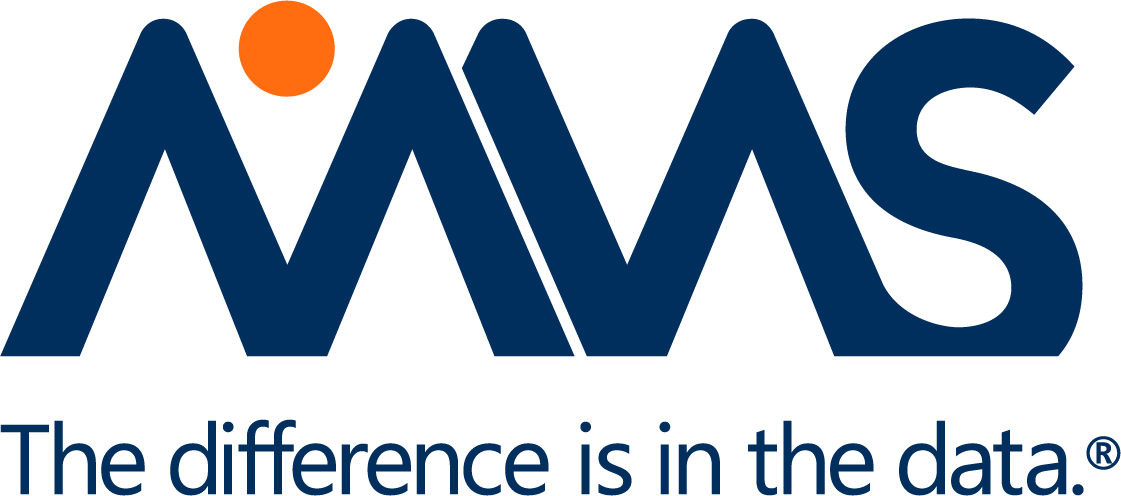On 31 July 2021, the European Commission published a notice in the Official Journal of the European Union announcing that the EU Portal and Database, a key component of the Clinical Trial Information System (CTIS), is fully functional. This announcement starts the countdown to the implementation of the Clinical Trial Regulation (the Regulation), which will become fully applicable on 31 January 2022. Users will need EMA CTIS training and support in order to navigate this change.
Upcoming changes to processes
The CTIS is the business tool for the Regulation and will become the single-entry point for clinical trial submission, authorization, and supervision in the EU. The CTIS will allow Sponsors to submit a single application to conduct trials in all European countries rather than apply separately in each country.
Although the Regulation will enter into force on 31 January 2022, Sponsors can elect to conduct new trials under either the old Directive or the new Regulation until 31 January 2023. After this date, all new trial applications must be submitted in the CTIS under the new Regulation. Additionally, Sponsors have until 31 January 2025 to transition all ongoing clinical trials to being conducted under the Regulation.
Sponsors should start preparing for these changes now
While some Sponsors may be inclined to transition their ongoing trials at the 11th hour, the time to start preparing for this major shift in how clinical trials will be authorized in the EU is now. Sponsors should prepare with an eye on:
- People: training individuals to use the CTIS and on change management processes
- Processes: adapting current processes to meet the requirements of the new Regulation
- Technology: training users to use the new technology platform and working the CTIS into their processes
Creating CTIS user training
Sponsors will need to target their training to individual users and how they envision these users working in the CTIS. Companies will need to define “who will do what” in their organization and recognize that training needs to be tailored to the specific tasks that users will perform in the CTIS.
An effective way of structuring this training is to establish user “Personas,” visual models used to represent different stakeholder goals. For example, a Regulatory Project Manager may be responsible for coordinating the preparation of the CTA package. In contrast, a CTIS Submission Manager may be responsible for inputting data collected by the Regulatory Project Manager into the CTIS. Both colleagues play similar roles within the organization – creating the actual application – but the tasks are specific enough that both users will be assigned different roles in the system.
Mapping roles to individual users can help Sponsors define their processes and workflows at these early stages of preparation, enabling them to hit the ground running when they actually begin conducting trials using the centralized approach.
Partnering with CROs
Academic and industry Sponsors alike will need to create new processes and workflows to manage a trial’s lifecycle, and both will need to ensure that the CROs they partner with do the same.
Small to mid-size Sponsors may not have the resources necessary to manage user rights in the CTIS or to transition multiple studies to be conducted under the Regulation. On the other side of the coin, Sponsors need to consider whether it is more prudent and cost-effective to be early adopters of the Regulation to reduce the burden of transitioning a large number of studies. With either approach, CROs can play a key role in preparing for this major shift in ways of working.
The division of responsibilities between a Sponsor and their partner CRO will largely depend on the capabilities of the CRO and the amount of time and resources the CRO has allocated to training. A well-positioned CRO can manage user rights in the CTIS – meaning they can assign roles to users, provide access to new colleagues joining an organization, and revoke access from users who leave an organization.
Depending on the size of the organization and the number of trials being conducted, an entirely new resource may need to be assigned to these user management tasks – a resource that may not be available at the Sponsor company.
What to consider during the transition
Colleagues will need to log into the CTIS multiple times a day to manage trial activities and ensure that users are aware of assigned tasks and are responding to and managing Requests for Information (RFIs) on a short timeline. Additionally, protocols and associated patient-facing materials may need to be updated and translated into multiple languages within this tight timeline.
To alleviate these time and resource burdens, Sponsors can partner with a CRO who can monitor the CTIS daily and track and perform all trial activities. Sponsors should give serious thought to their system-management needs and consider partnering with a system-solution vendor who operates in a system that can serve as the interface between the CTIS and the Sponsor.
All updates and activities can be performed in a system aligned with the CTIS, but one that allows users to have more tailored user rights and allows for data and information to be pushed to and received from the CTIS is best. Engaging vendors who can operate in a third-party system will reduce the number of users that need access to trials in the CTIS, which will, in turn, reduce the management burden on the Sponsor.
Sponsors have a lot to consider when developing workflows and processes to comply with the new Regulation, but this shift in ways of working can be managed effectively by the implementation of user-friendly training plans and early and thoughtful preparation.
For questions on the Regulatory and how to prepare transparency and trial disclosures in general, request a meeting with our transparency experts here.
For more information, visit www.mmsholdings.com or follow MMS on LinkedIn.
